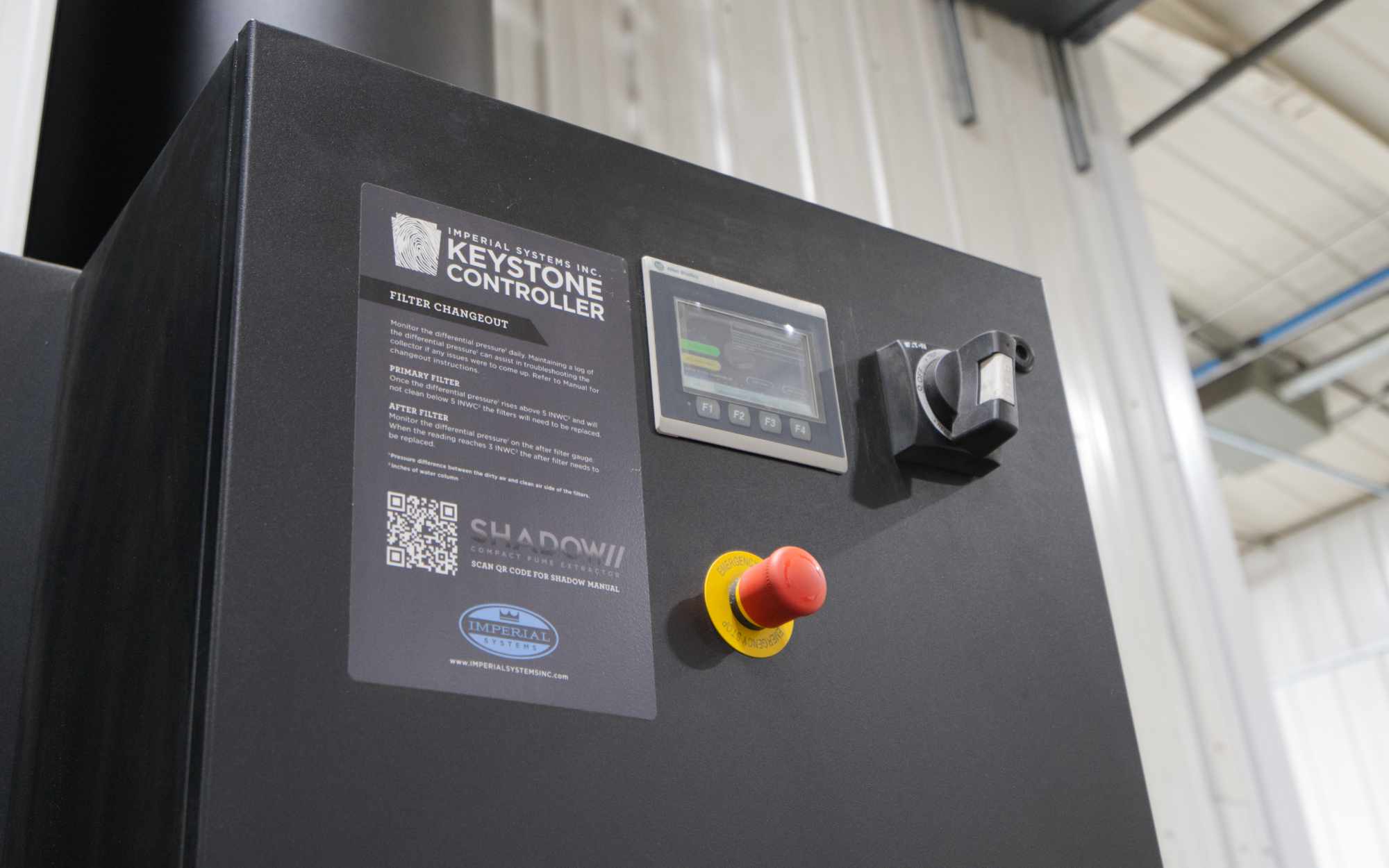
This infographic identifies the KST values of common metal, chemical, natural, and agricultural dusts found in manufacturing processes. KST is a general measurement of explosiveness and is a standard measurement for dust collection system design purposes. The explosive dust particle size range is between 10 and 95 microns.
Flame Physics
KST is used to determine the speed and pressure of a flame front in the event of an explosion. To calculate the KST values of these common dusts, thermal expansion (K), speed (S), and temperature (T) are used. Once KST is determined, it falls into one of four categories:
- ST-0: Kst 0, Pmax 10
- ST-1: Kst 1-200, Pmax 10
- ST-2: Kst 201-300, Pmax 10
- ST-3: Kst 300 and above, Pmax 12
Descending KST Values of Common Dusts
These common dusts are listed in decreasing order of their KST values. The higher the KST number, the more explosive the dust is. Note that Magnesium dust and Aluminum dust with KST values of 508 and 415, respectively, are extremely explosive. Whereas, Poly Vinyl Chloride (PVC) and Charcoal with KST values of 46 and 10, respectively, are not very explosive. For reference, Sand with a KST value of 0 is not explosive at all. Please note that this information should be used as a reference only and should not be used in place of a dust test.
Explosion Prevention Products
Imperial Systems offers dust collection systems and accessories that help prevent an explosion in your factory. The CMAXX dust and fume collector is certified as an In-Line Deflagration Arrester with DeltaMAXX IDA filters. It has been proven to isolate a deflagration and stop a flame front. We also offer the Spark Trap, an Explosion Isolation Valve, a fast-acting slide gate, and a flameless explosion vent. Our Cast Iron Rotary Airlocks and Rhino Drum explosion-tested drum kit can be used on the discharge of CMAXX or the BRF Baghouse dust collector.


